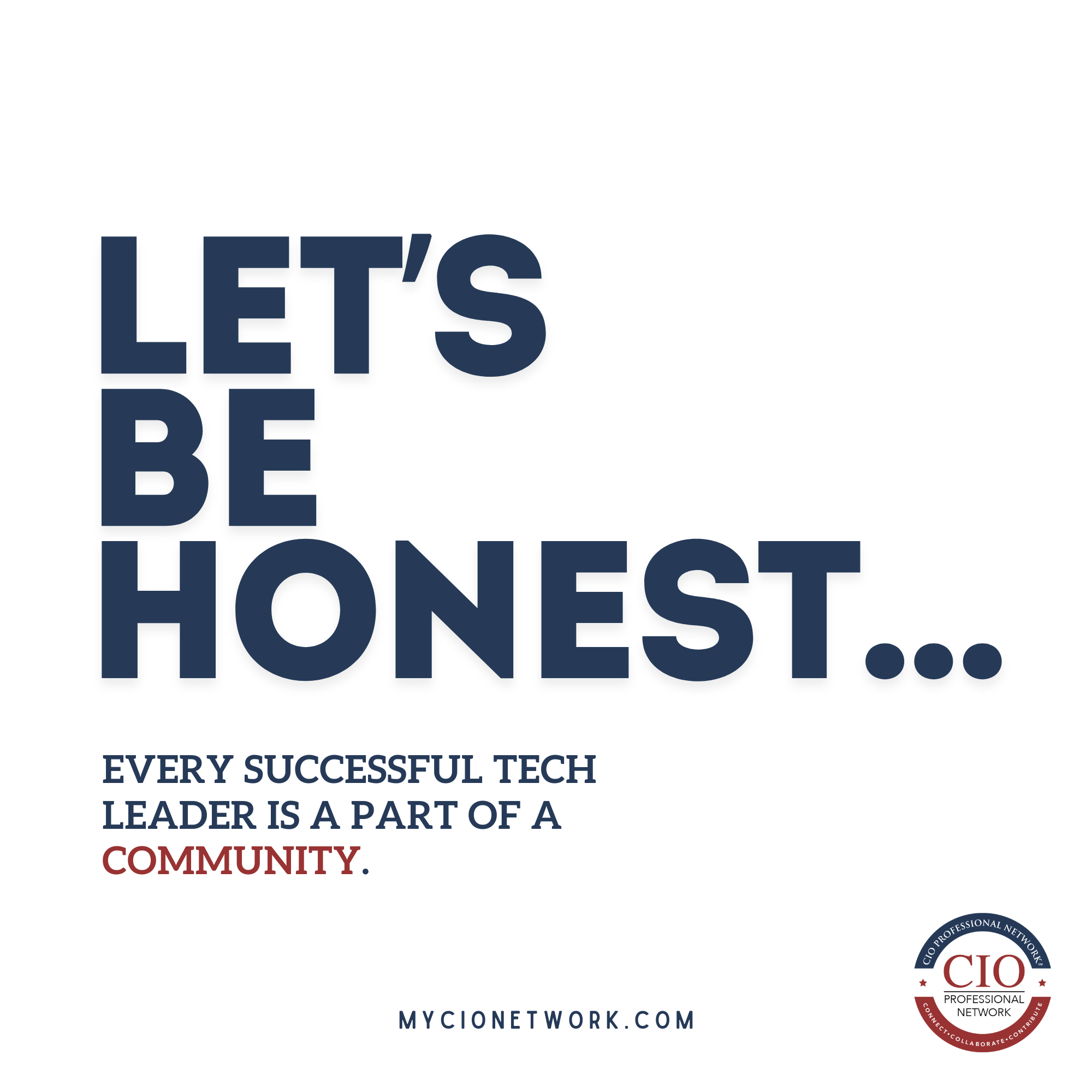Pam Knott’s career exemplifies the value of embracing an unexpected journey toward discovering one’s passion. Initially exploring roles far removed from IT, Pam’s path to becoming the Vice President of Data and Technology at the ALS Association was anything but direct.
This serendipitous route, marked by pivotal shifts eventually ending at the forefront of IT strategy, highlights the power of valuing progress over perfection.
In this exclusive interview with The National CIO Review, Pam discusses her career experiences, the strategic IT initiatives she has led, and her approach to developing talent in technology.
Walk us through your career path. How did you decide to pursue a career in technology, and how did you get to where you are now?
My technology journey started on a meandering path. After graduating with a humanities and history degree, I found myself uncertain about my future career path. My first significant job was in human resources at American University, then my career took a pivot when I moved into special education at an elementary school, but it wasn’t until I landed a temporary job at the American Red Cross that I discovered my passion for data and technology.

At the Red Cross, my role involved prospect research, where I began to connect data with insights and operationalize processes. This role highlighted my strengths and interests in the systems and data aspects of work, which I had not fully appreciated in my previous positions. This led me to seek out more data-centric roles within the organization, leading projects and teams in areas like stakeholder management, data migration, and systems integration. Those experiences helped me to build a solid foundation in both the technical and leadership aspects of IT.
I then transitioned to the ALS Association, a move that had room for growth and direct impact for another great mission. This decision allowed me to deeply engage with technology, particularly in areas like data visualization and product road mapping. Beyond the technical aspects, I’ve also been empowered to act as a communicator and a brand steward, presenting at conferences and serving on panels. This role has enabled me to be a team builder and a people developer, deriving great enjoyment from nurturing talent and generating ideas that drive our mission forward.
Over nine years, I advanced through roles of increasing responsibility, culminating in my position as Vice President of Data and Technology. Throughout my career, I have embraced change and uncertainty as opportunities for growth, a mindset I liken to the Game of Thrones quote, introduced to me by my CIO, “Chaos is a ladder,” it’s become a guiding principle in my professional development.
Can you tell us about some of the initiatives you are proud of at The ALS Association and other major accomplishments at other points in your career?
Throughout my career at the American Red Cross and the ALS Association, I’ve led several significant initiatives that I am particularly proud of.
At the ALS Association, I am most proud of creating and expanding the data and technology team. When I started, we had a small team of five, which we grew to fifteen members. We established data and technology as a distinct function from development operations, aligning with the organization’s maturity and future goals. This also created growth opportunities for internal staff.
Another highlight is developing “My ALS Journey,” a personalized web tool for people with ALS. This tool, created in collaboration with care services and communications departments, helps individuals navigate their unique ALS journeys.
In clinical trial matching, we transitioned from relying on internal resources to partnering with myTomorrows. This collaboration introduced patient navigators who help people living with ALS find and enroll in suitable clinical trials. This initiative not only expanded our capabilities but also could improve the entire clinical trial, recruitment, and capacity pipeline.
Finally, I am proud of fostering a collaborative culture, especially in development. Understanding the importance of revenue generation to our mission, I have worked to instill this mindset in my team, ensuring everyone can engage at their comfort level.
Looking ahead, what disruptive technology or trend do you see impacting your organization and the industry?
AI is undoubtedly a significant trend impacting many industries, including ours. For our organization, I see AI adoption occurring in phases, starting with a focus on operational efficiencies. Given the importance of PHI and data privacy, it’s crucial to address these concerns to ensure AI tools are reliable. Overcoming these challenges will allow us to integrate automation into our processes, enhancing efficiency and freeing staff to engage in more complex, value-added tasks.
Currently, we are in the exploratory phase, testing AI tools related to meetings and collaborations, such as note-taking and meeting summaries. Different departments are experimenting with these tools to see how they can be integrated into daily routines while complying with our strict data governance policies.
I anticipate AI to transition from enhancing operational efficiencies to playing a transformative role across our core functions—research, care services, and advocacy.
Beyond the scope of AI, I see more mergers and acquisitions within the industry. This trend could significantly impact how we fit pieces together within the tech and data sectors. I’m hoping this will translate into connecting data tools and systems for collaborating securely and effectively.
What do you think about the current state of IT talent that’s available? And what strategies are you using to find and develop that talent?
The current state of IT talent includes many interested and capable individuals, but sifting through the high volume of resumes can be challenging. The key is to effectively identify the right individuals for the right roles, whether with internal positions or external partnerships.
In our nonprofit context, we focus on developing and promoting from within. Our staff often serve as generalists with specialized skills. To supplement this, we leverage micro internships to attract early-career professionals through various platforms. This strategy offers a low-risk opportunity to access a diverse talent pool early in their careers, building a strong talent pipeline from the start.
Internally, we emphasize cross-training and collaborative learning within our teams. We provide regular sessions led by experts, open to all staff, to foster skill enhancement and aid in project delivery. Additionally, we allocate a budget for professional development, including subscriptions to educational platforms like Coursera. This approach supports continuous learning and reinforces our commitment to developing our team’s capabilities, contributing to our mission’s success.
What advice would you give someone aspiring to be a technology leader, based on your experiences and your background?
For those aspiring to be a CIO, understanding the importance of relationship building is crucial. Master different communication styles to connect with your audience or partners effectively. Broad business experience outside of IT is invaluable, as it helps you understand real business needs and prioritize projects from various departments.
Transferable skills and the ability to apply real-world scenarios to strategic thinking are also essential. Having the right team in the right roles enhances productivity, efficiency, and morale while minimizing continuity risks. Additionally, value external partnerships—you don’t have to do everything yourself.
Then of course, belonging to a networking group like the CIO Professional Network, and keeping up with industry trends through newsletters or conferences so that you can gain more perspective and stoke your enthusiasm along the way is also really beneficial.
Who would you say has been the biggest influence on your career path, either in school or in a previous role? And why?
Throughout my career, I’ve been fortunate to encounter several influential figures at critical junctures. Jackie Small, my first manager at the Red Cross, was pivotal. As a temp, I was not fully realizing my potential, but Jackie took a chance on me and transitioned me to a full-time role, setting me on the path in technology. Helen Lucas, a senior prospect researcher at the Red Cross, also played a crucial role as my mentor and teacher. Her patience allowed me to learn, fail, and try again, providing a foundation of resilience and skill.
Additionally, Melissa Manley, a lead contractor at the Red Cross, inspired me with her exemplary work ethic and offered me honest, constructive feedback. This relationship taught me that a mentor doesn’t necessarily need to be within your own organization.
At the ALS association, former COO Tina Zeff taught me to always be my own best champion and encouraged me to lead and pursue stretch goals. Dean Feener, our current CIO, emphasized the importance of communicating vision and the power of storytelling for influence. He also taught me the value of balancing skills within a team, underscoring that supporting and advocating for your team leads to mutual success.
Lastly, my own team has been a tremendous source of inspiration and motivation. Their dedication, skills, and camaraderie not only enhance our collective work but also continually inspire me to grow and evolve as a leader. Each of these individuals has left a lasting imprint on my professional life, shaping my approach to leadership and my career trajectory.
How do you decompress from the challenges of being a technology executive? What do you like to do for fun?
First off, I’m excellent at decompressing. Decompressing from the challenges of being a technology executive is essential for both my well-being and my ability to stay productive and creative.
For me, the routine of going to the office every day plays a significant role. While I fully support remote work and its benefits, I find that having a separate physical space for work helps me maintain a balance, as it allows me to leave work at the office and fully engage in personal activities at home. During my downtime, I watch TV and movies, read non-fiction books, knit, and play tennis with my husband. I also value the simple pleasure of taking a nap and making sure not to overcommit my weekends, allowing spontaneous decisions about how to spend my time.
Additionally, I find walking extremely beneficial—it aids in generating new ideas and improving my overall health and mood. I also advocate for staycations, which I find incredibly refreshing. About once a year, I check into a local hotel to experience my city as a tourist! It is a shift from my daily routine without the need to travel far!
Are there any books that you recommend, that you give to others, or that have shaped you as a leader?
I have a selection of books that have shaped my approach as a leader. For being a generalist, I recommend “Range” by David Epstein. For introverts, “Quiet” by Susan Cain is insightful. For planning strategically and efficiently, “Upstream” by Dan Heath is beneficial. For leadership and team building, I suggest Simon Sinek’s “Leaders Eat Last” and “Courageous Cultures” by Karin Hurt and David Dye. For women, or those who may feel they are perfectionists, “Brave, Not Perfect” by Reshma Saujani is encouraging. Lastly, for innovation, thinking bigger, and persevering, “Loonshots” by Safi Bahcall is inspiring.
Anything else you’d like to add before we wrap up?
Value progress over perfection and provide honest feedback to your team and leadership. Balancing transparency with discretion is crucial for building trust and boosting productivity.
It’s also essential to effectively communicate your team’s value and story to any audience, always framing it around the ‘why’ and ‘what’s in it for them’. This approach is vital for any technology leader, as you are a partner in progress for all departments. Be vigilant and seize opportunities wherever they arise—you might be surprised by where they come from. Finally, always look to create opportunities for others.
Helping others along the way and pulling people up with you is the true purpose of a leader.








